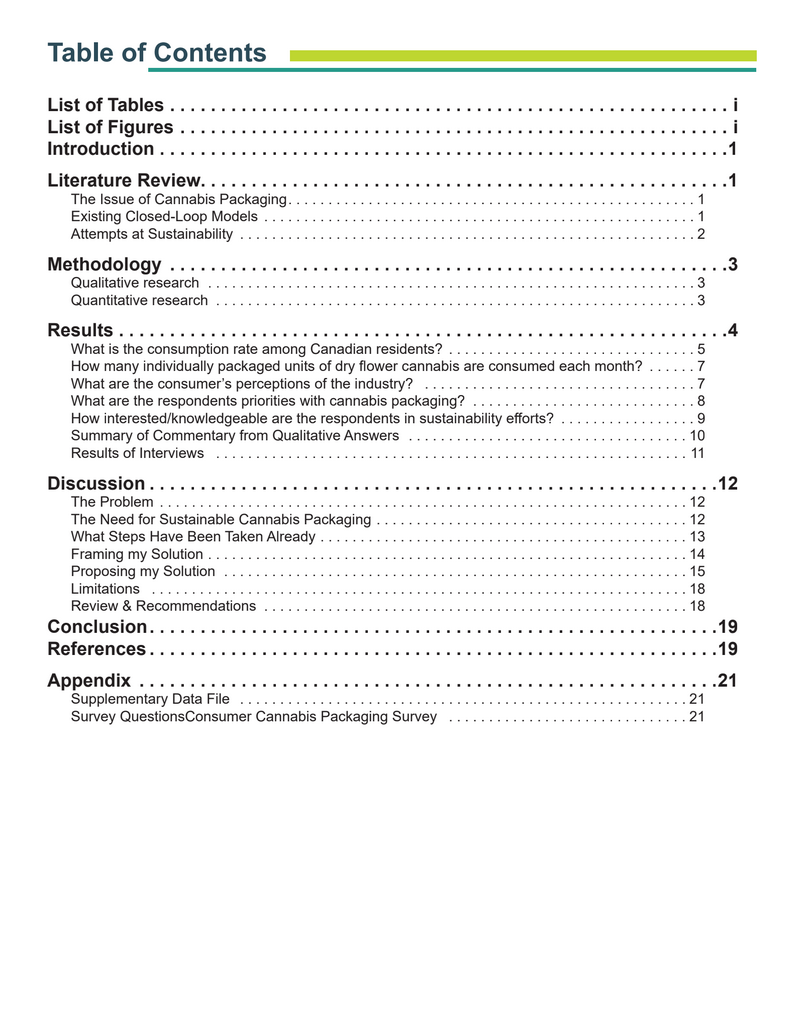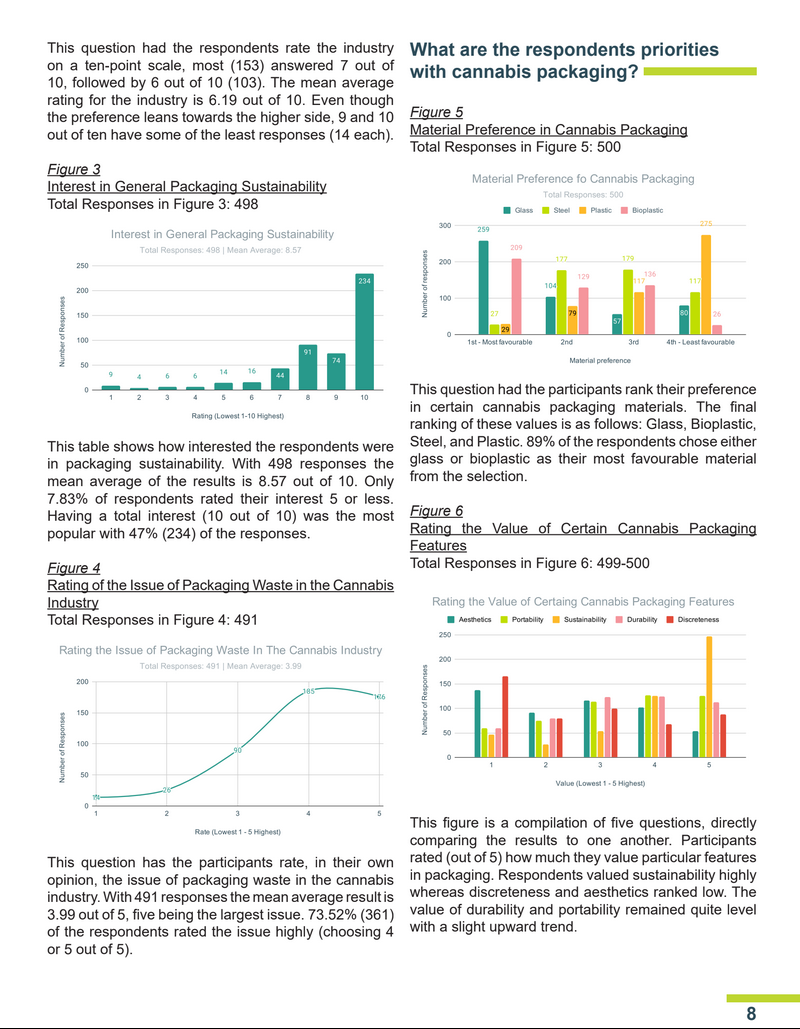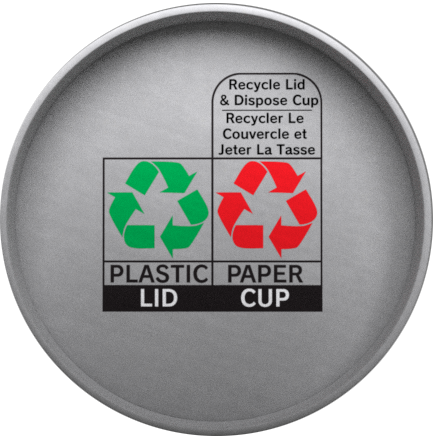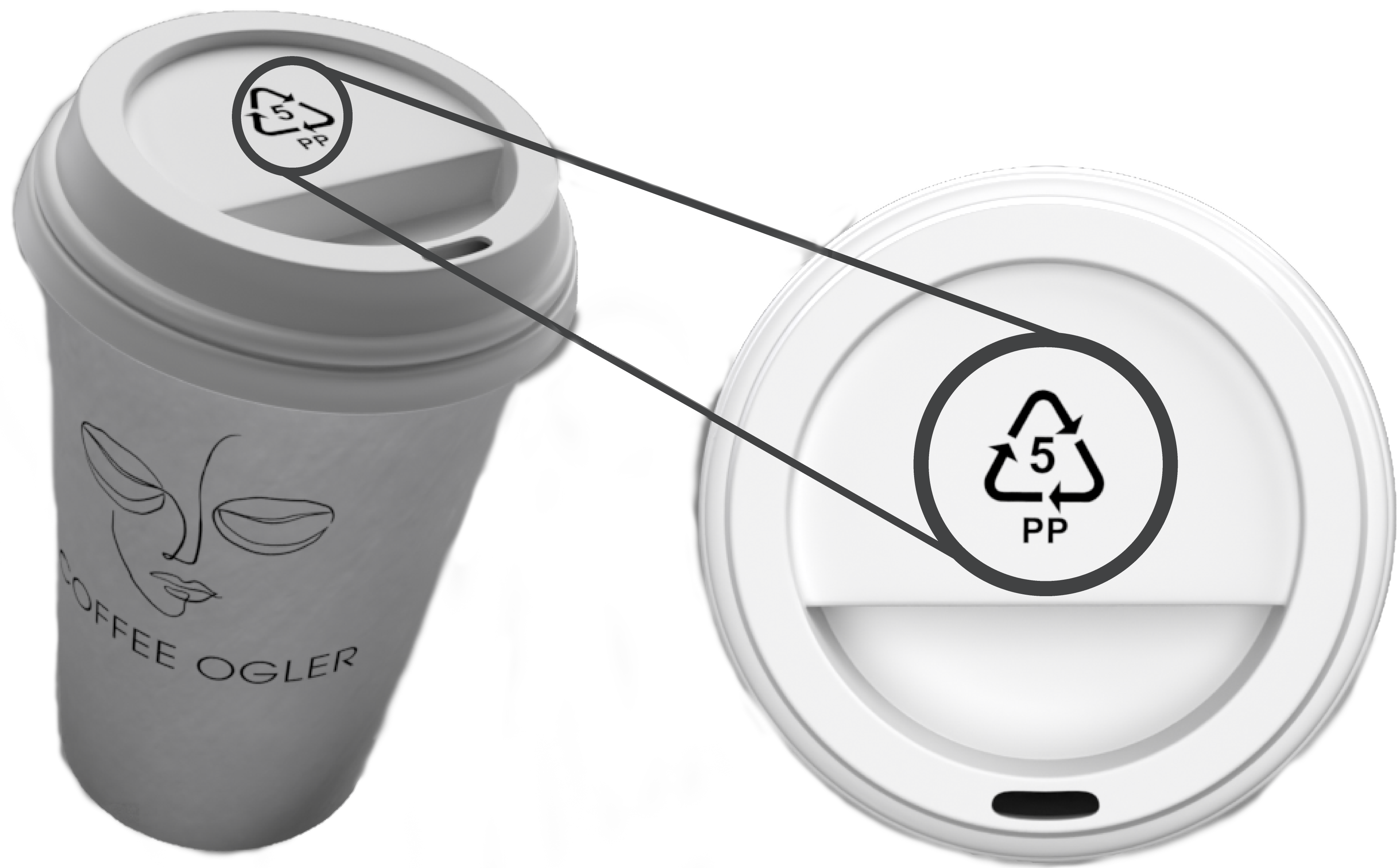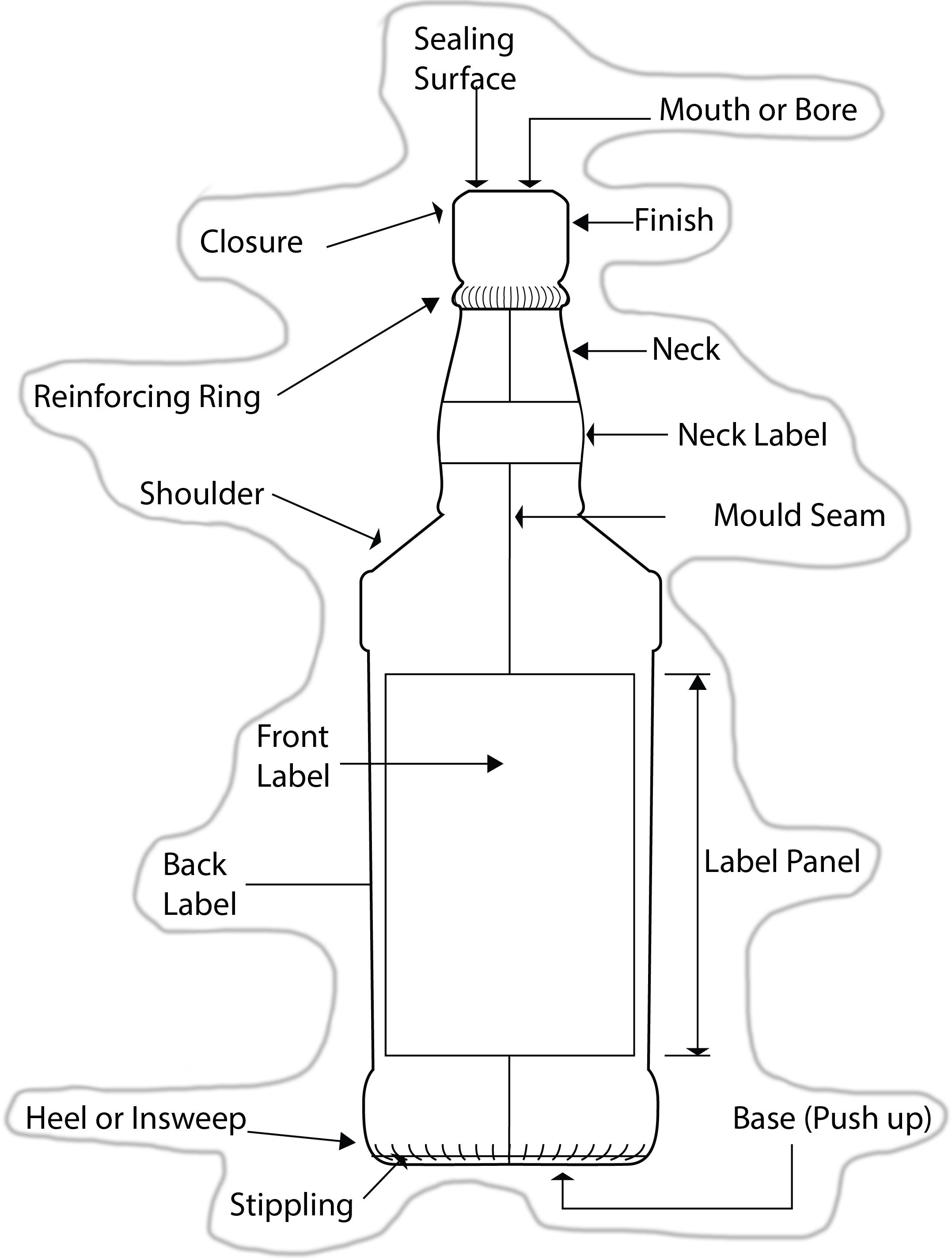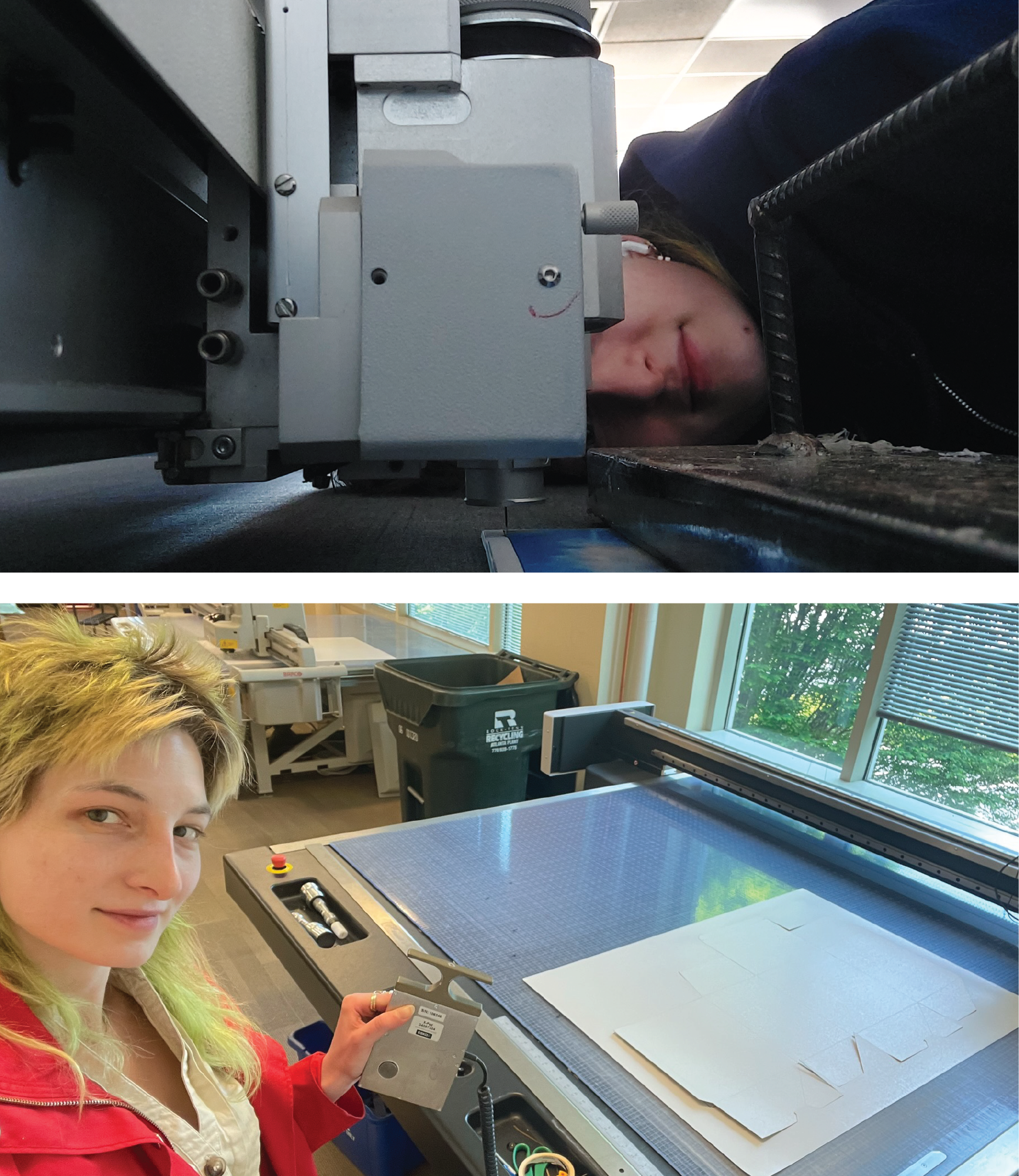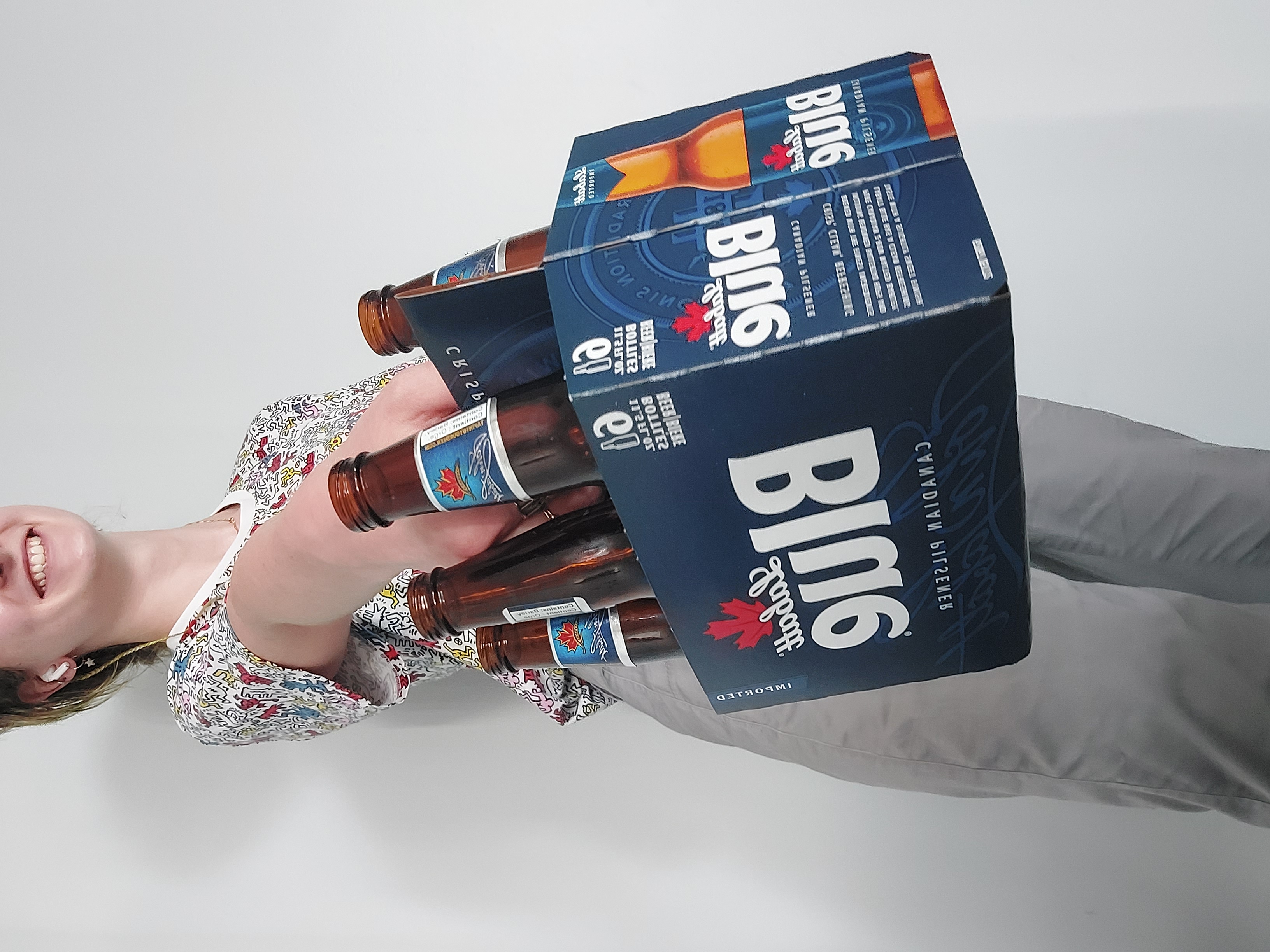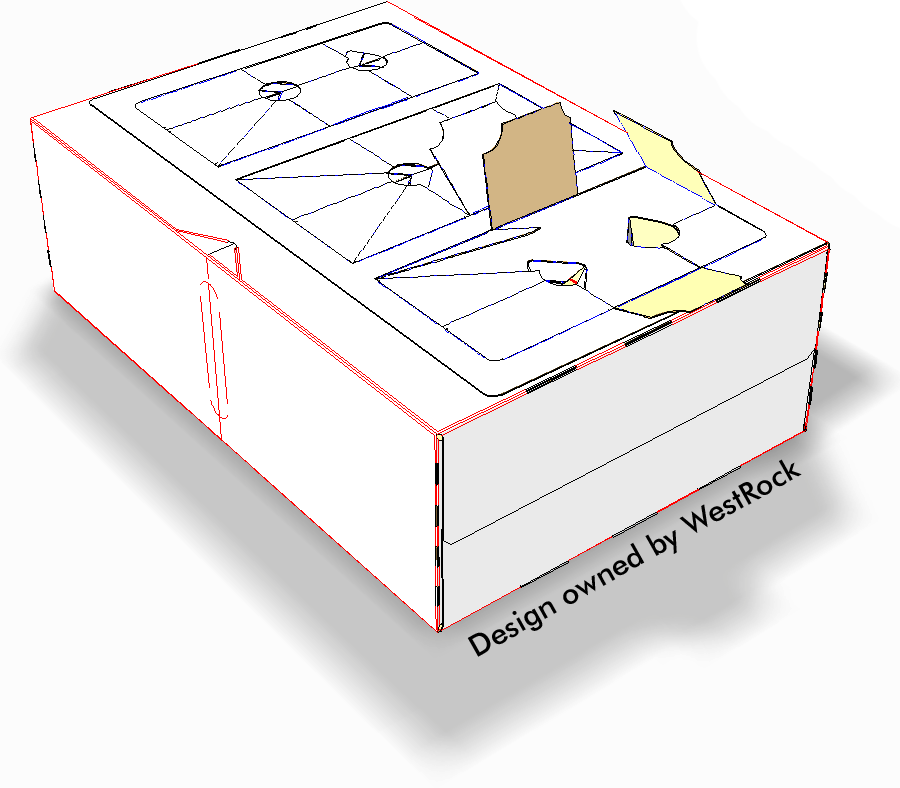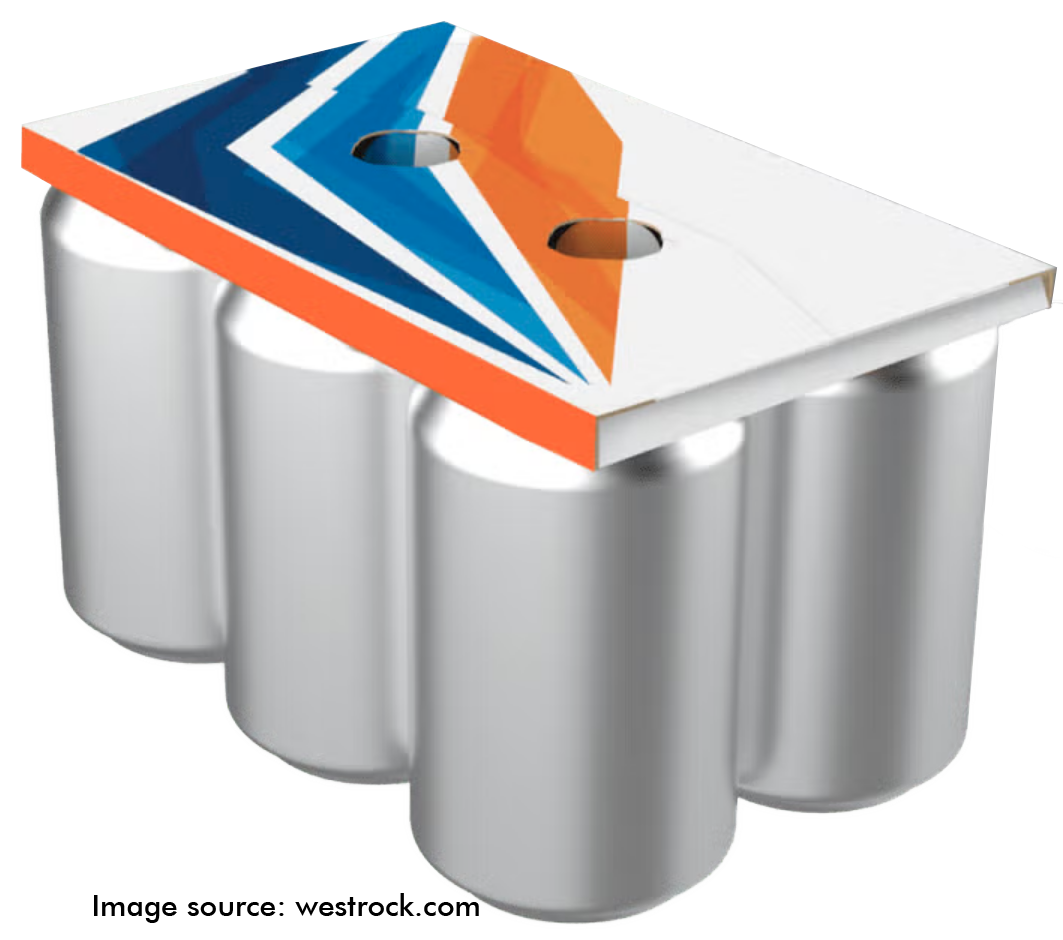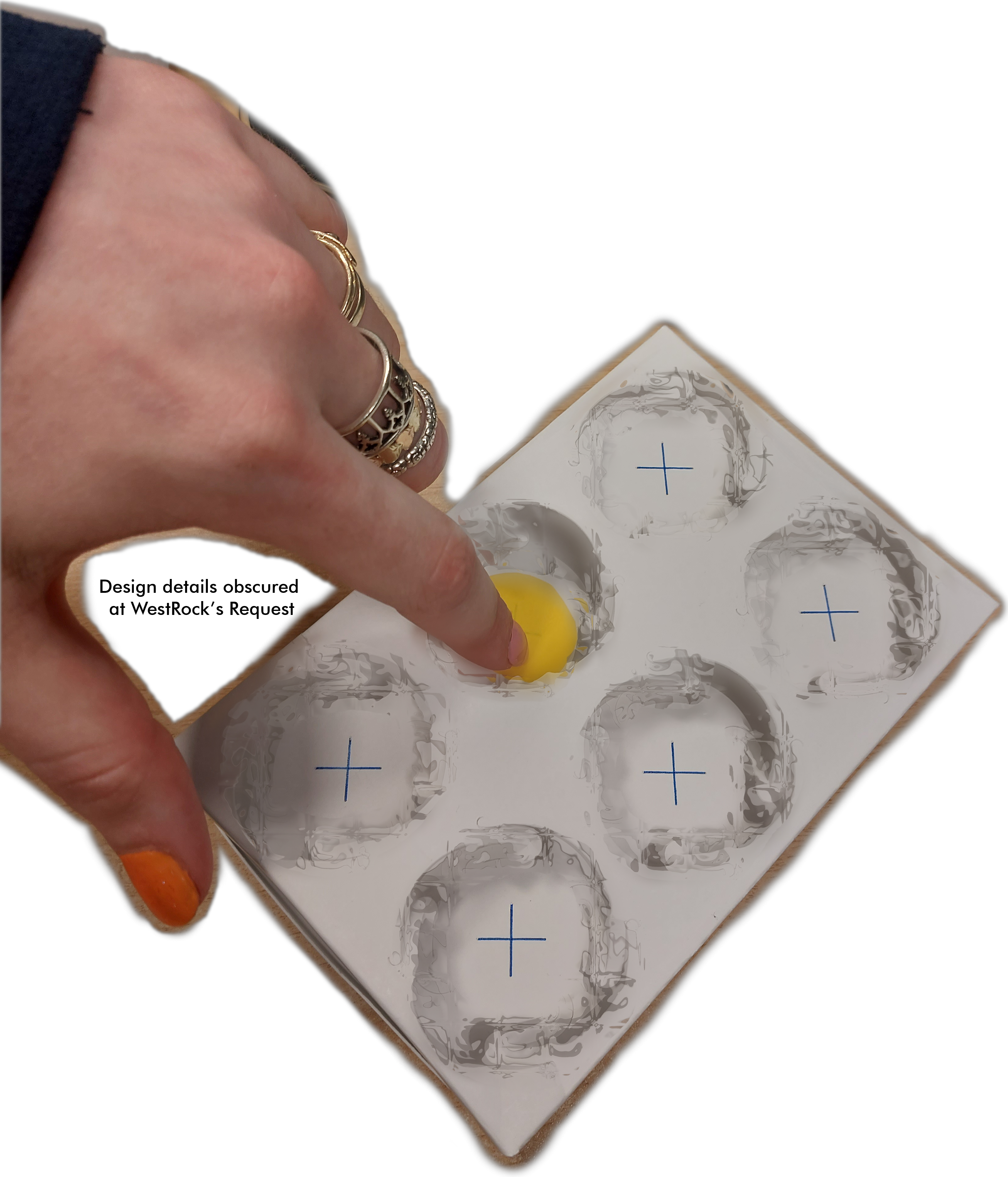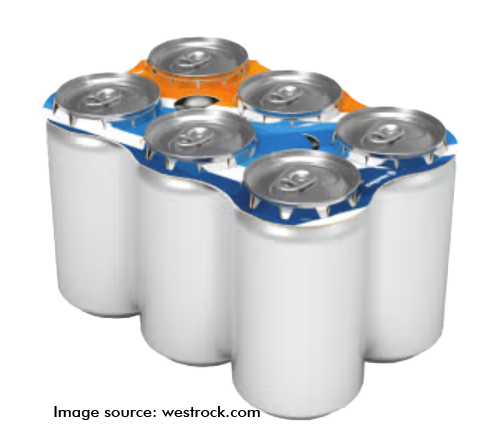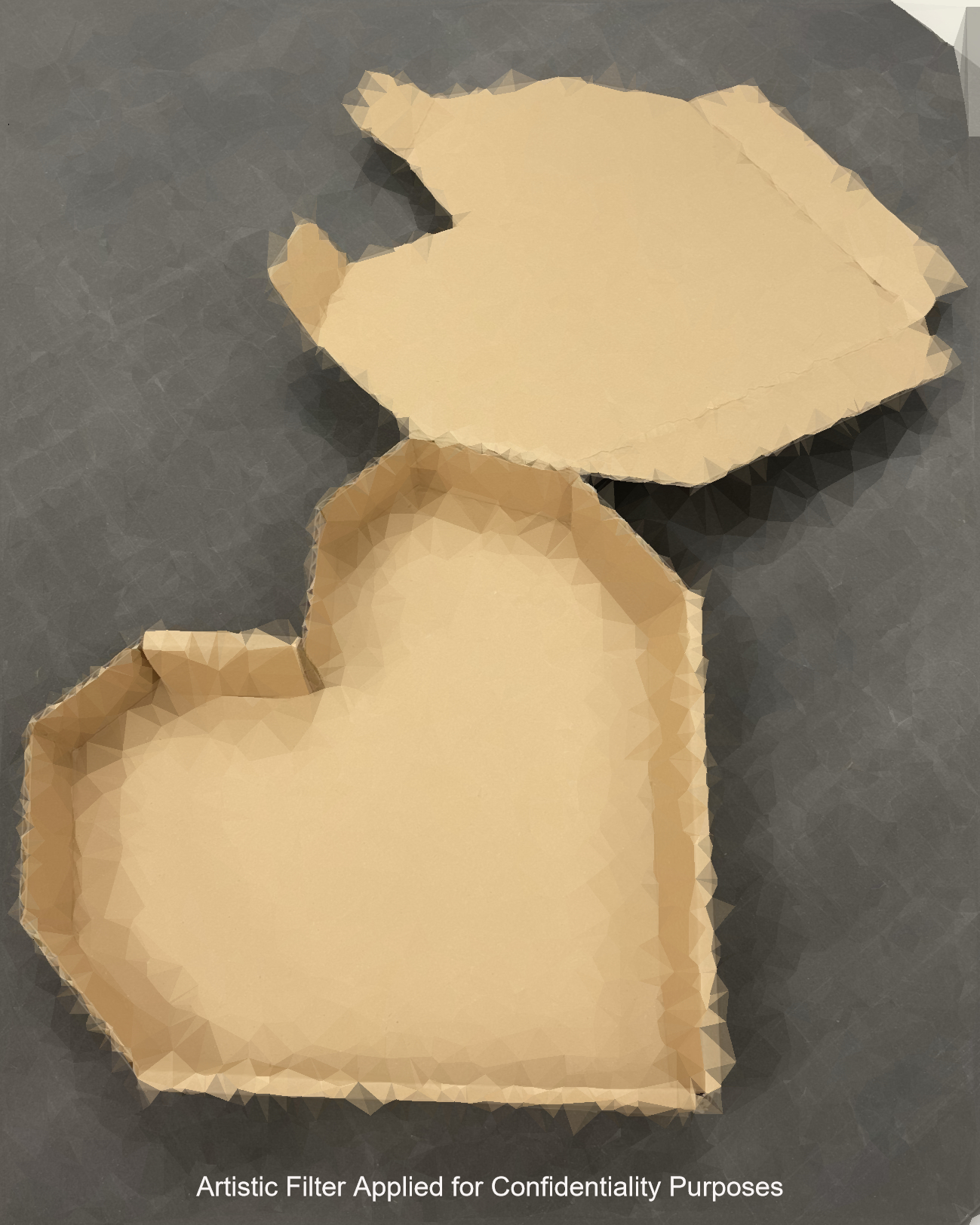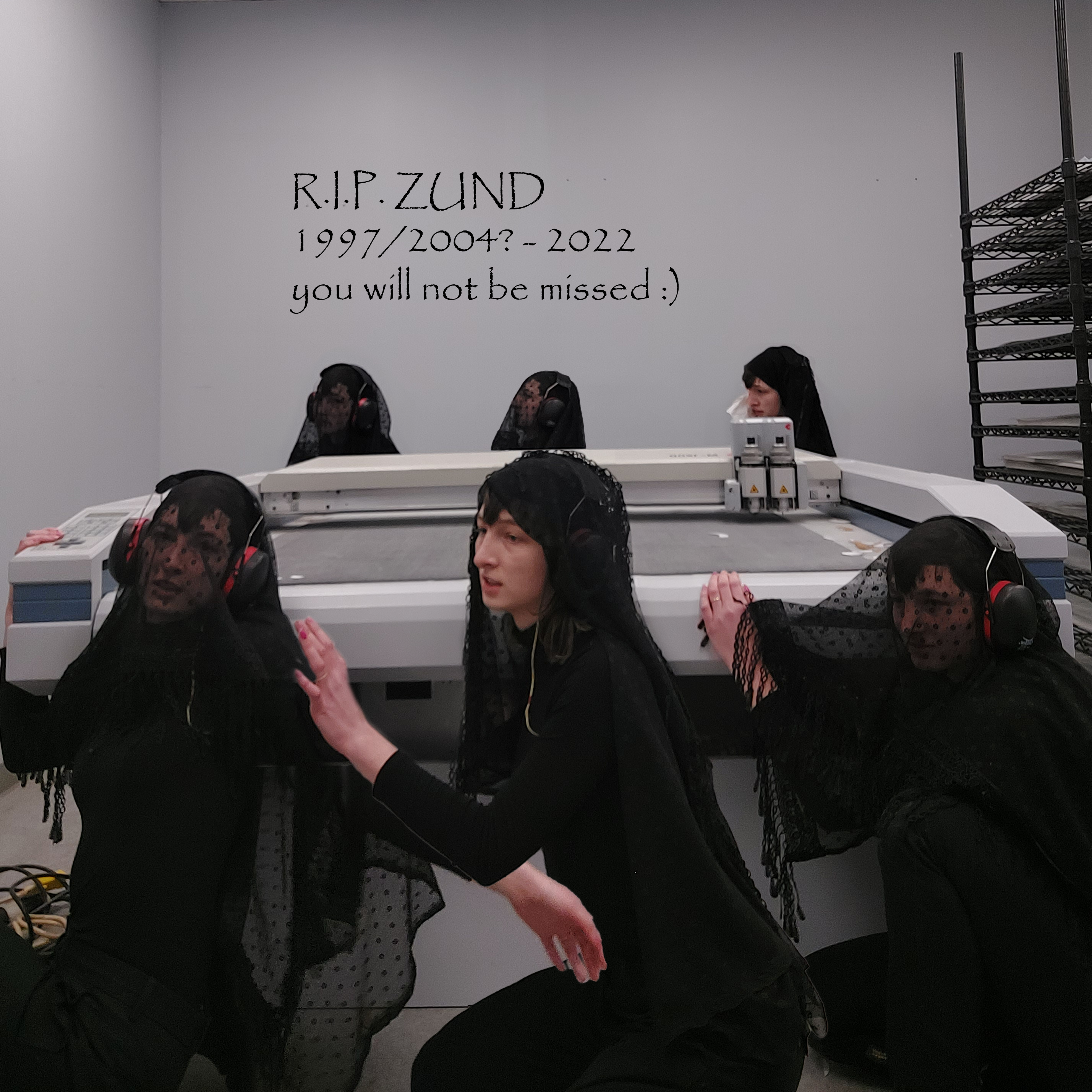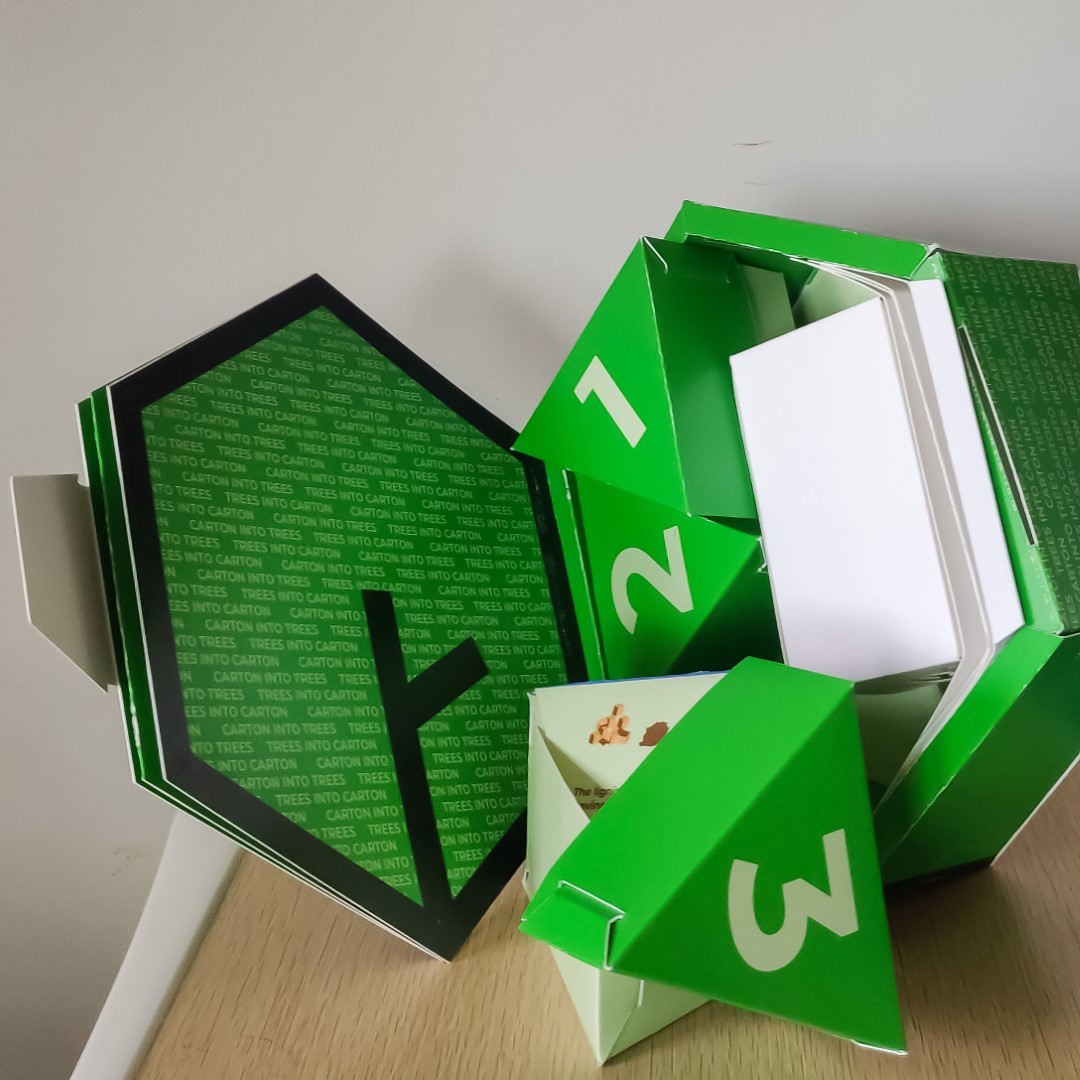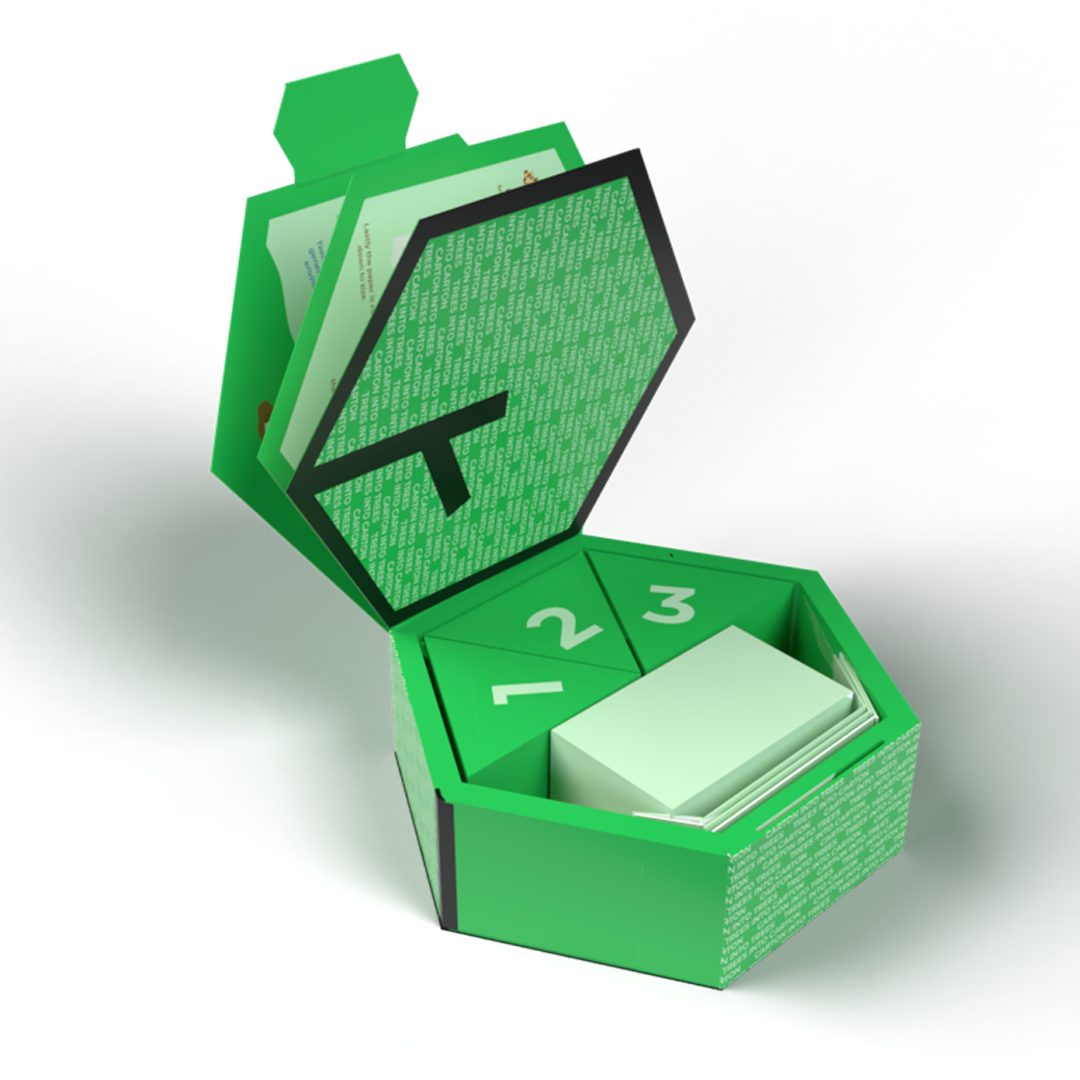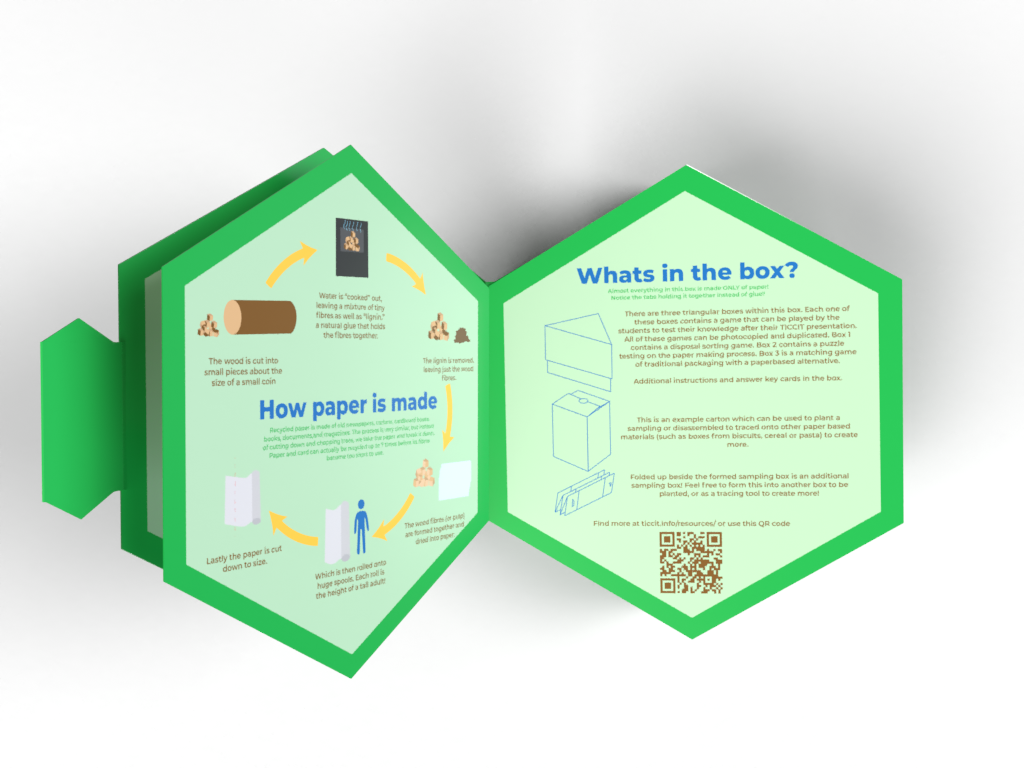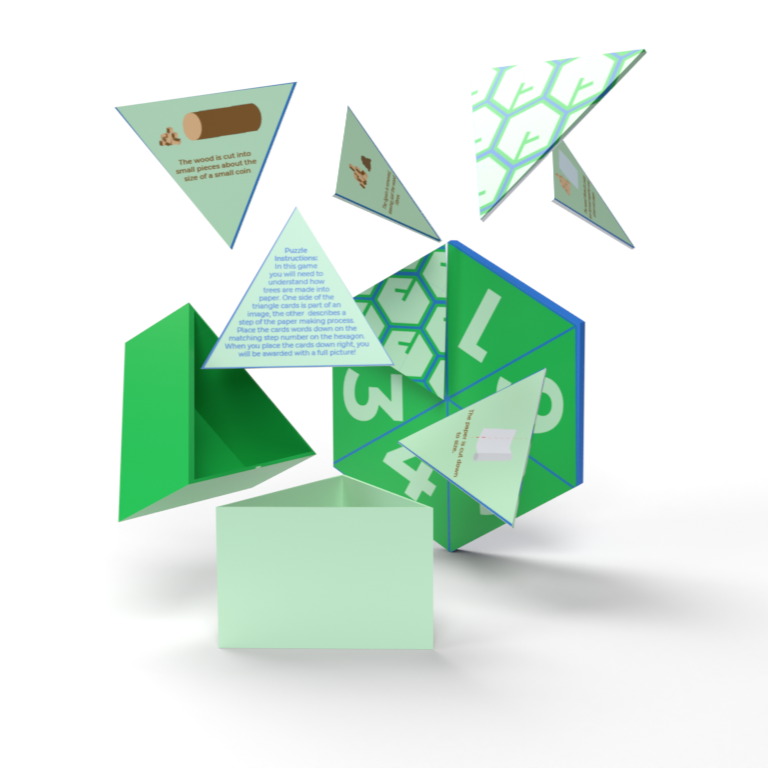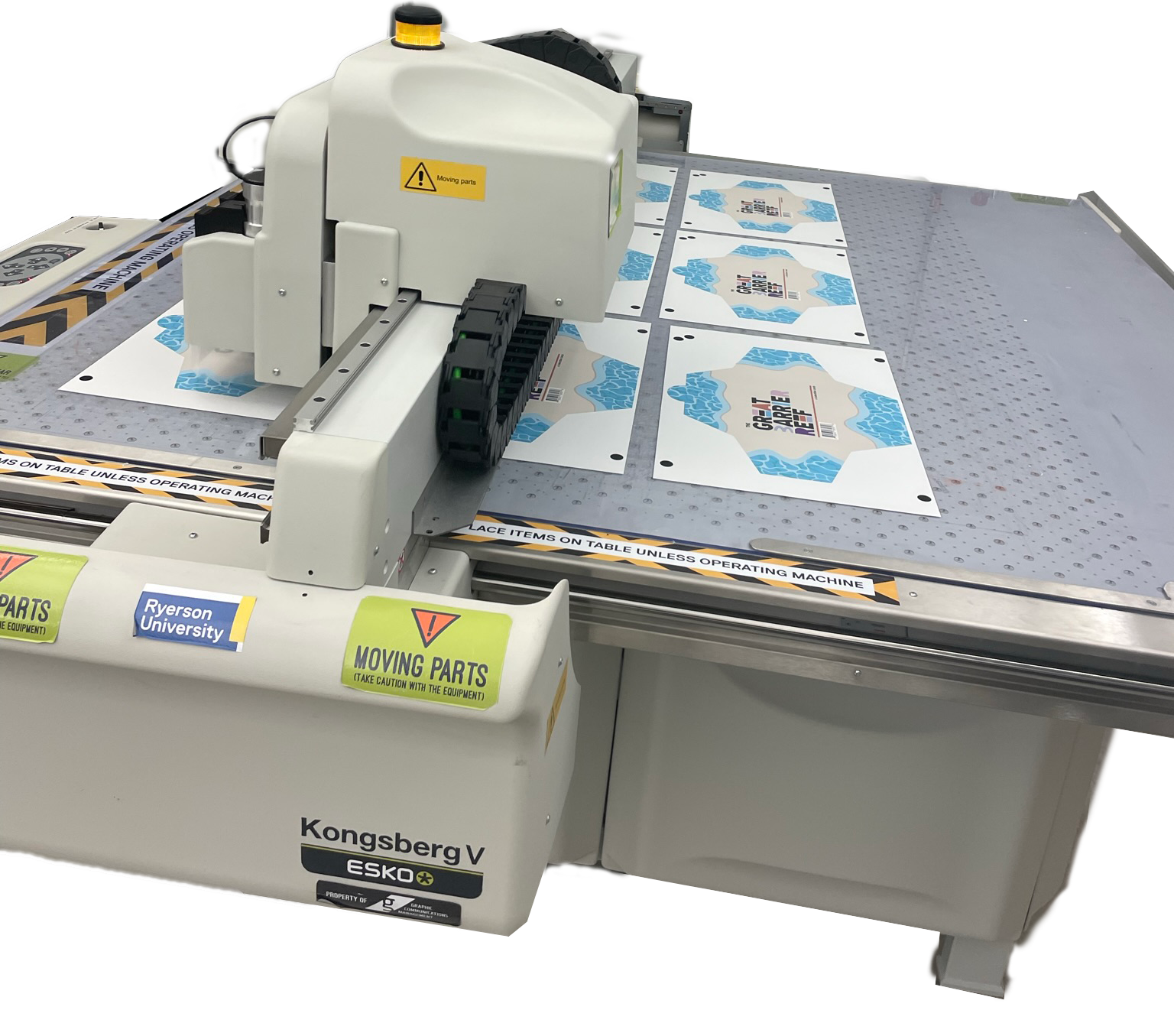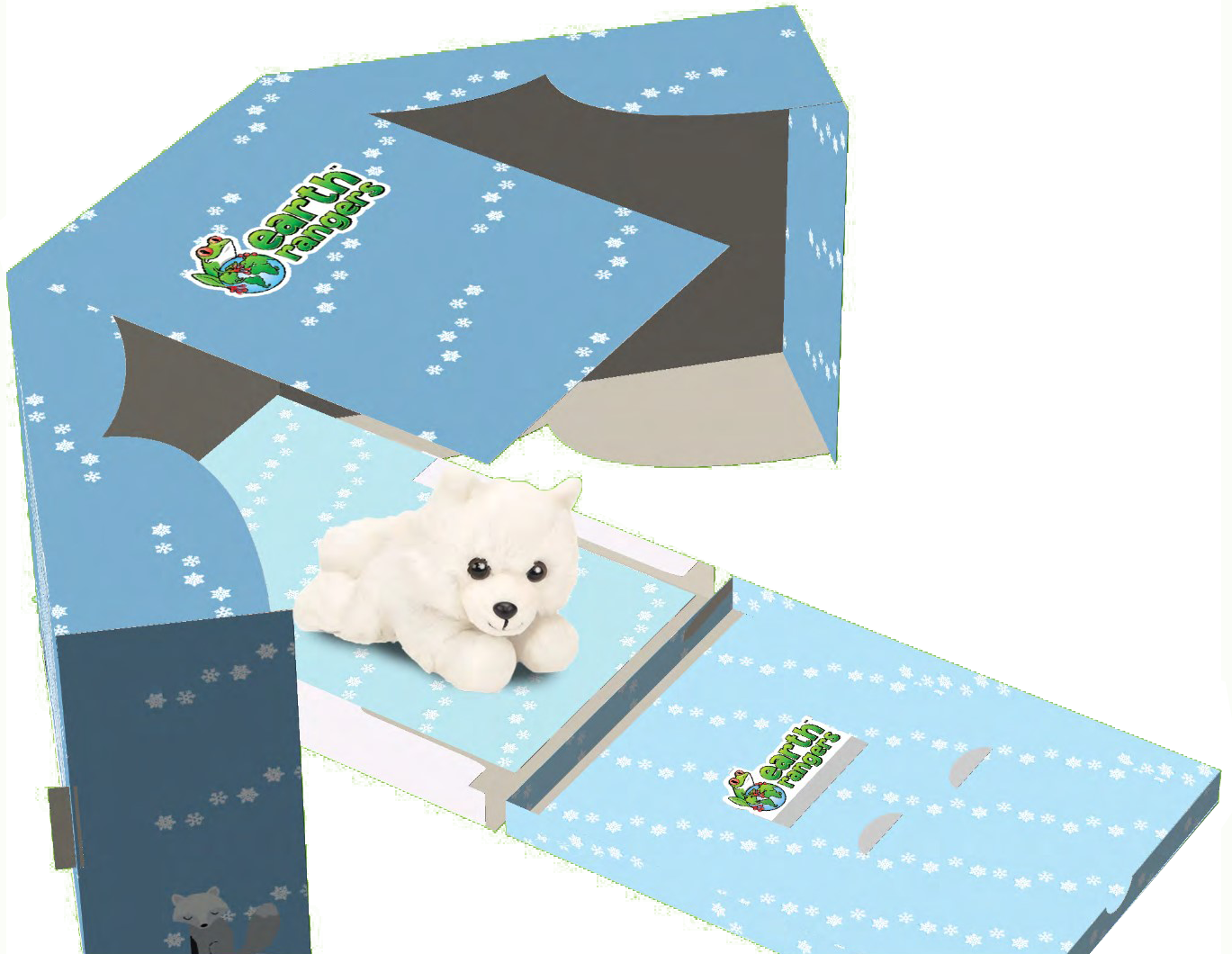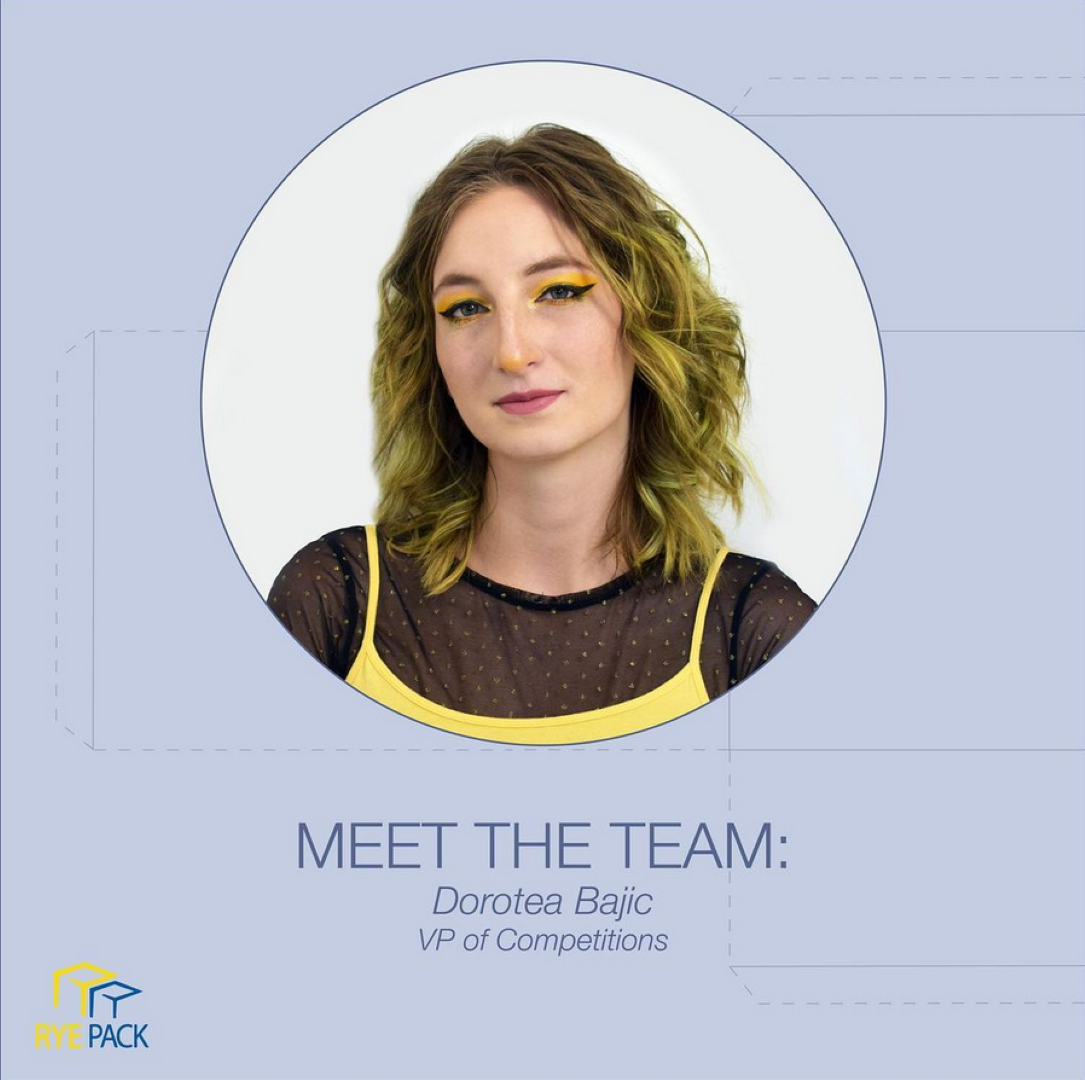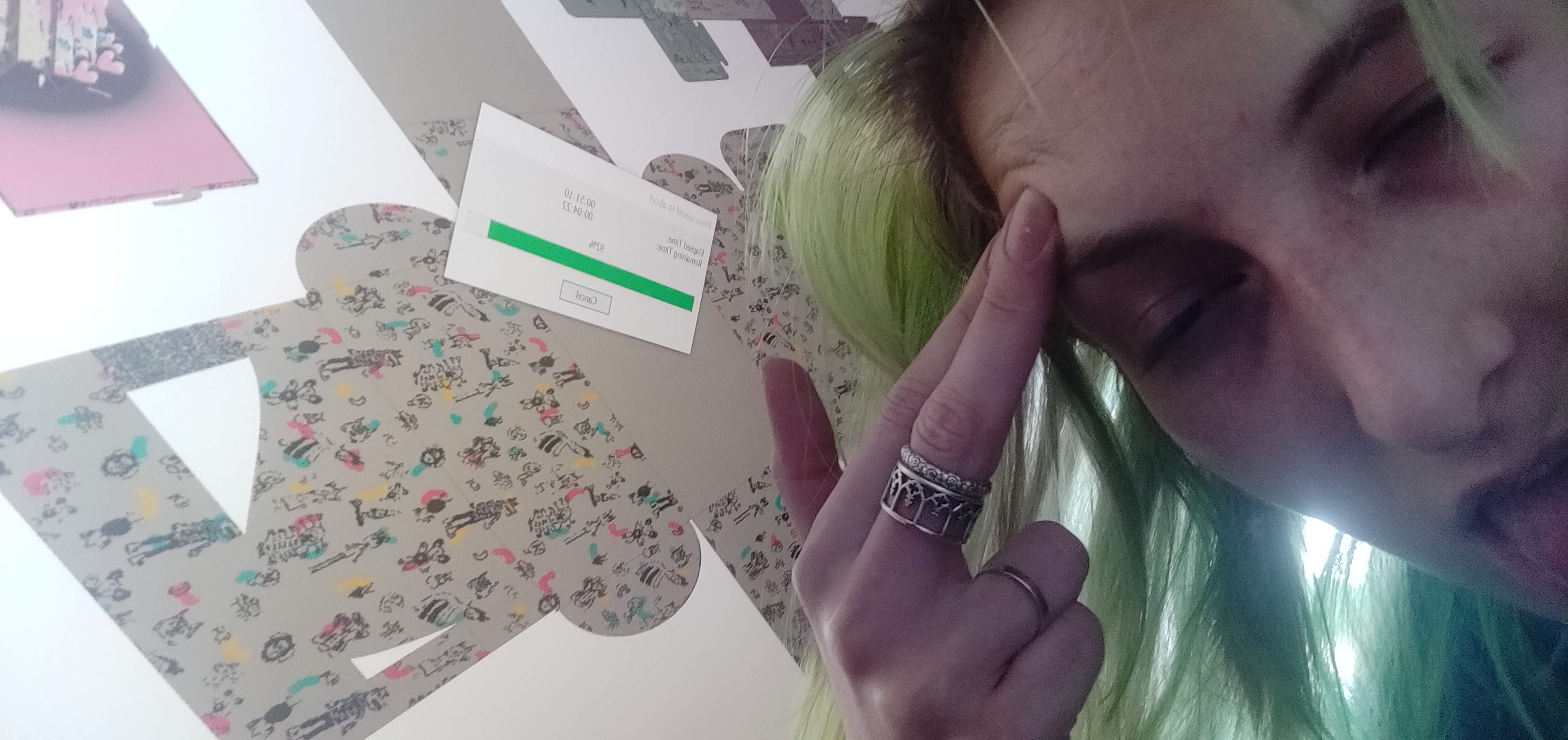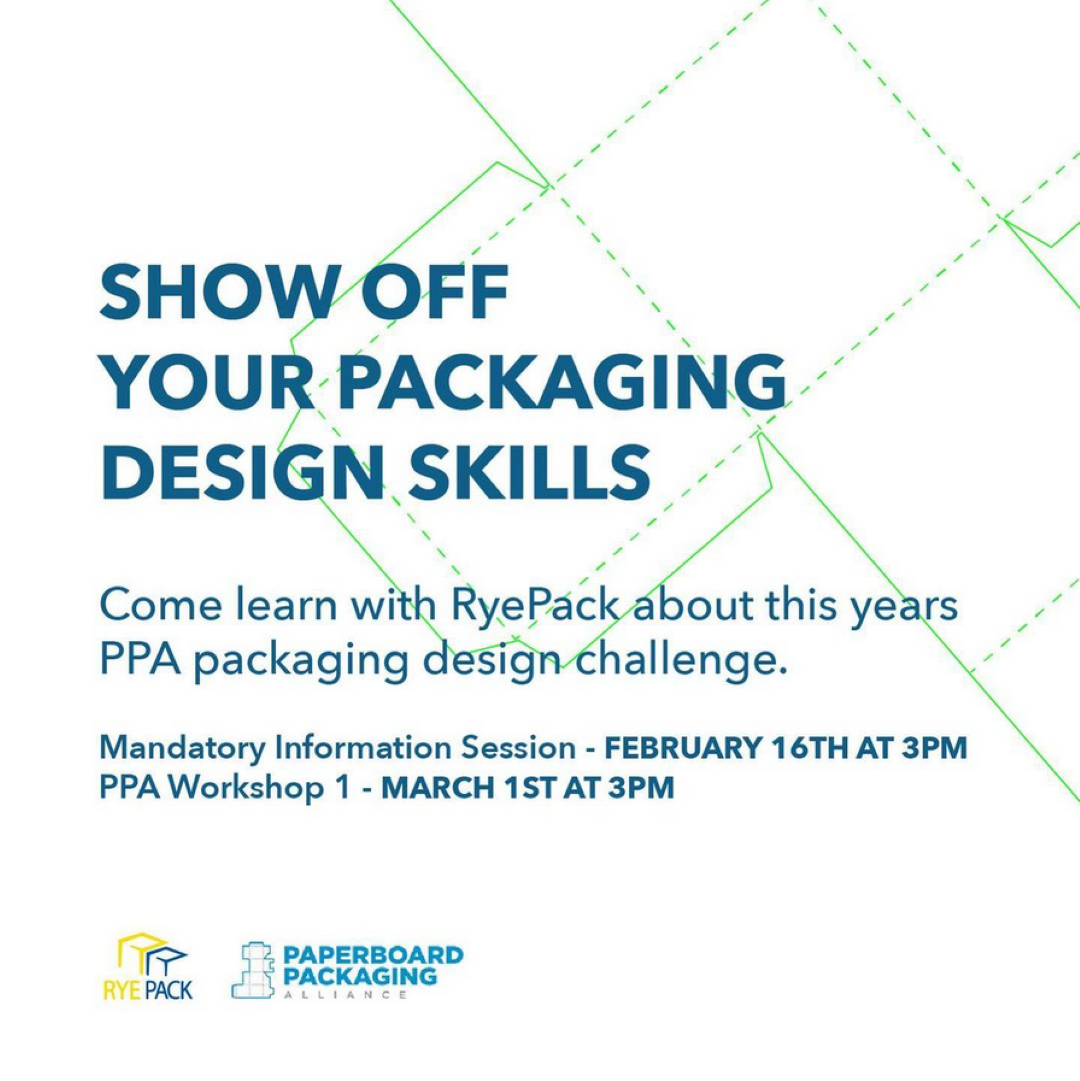From a young age to now, you could say I have sustained my interest in sustainability. Shortly after learning how to read, I learned about the importance of recycling and taught my father how to sort. A few years later and I am on my school’s Green Club, building systems for the school to be more sustainable such as local litter clean-up and instilling recycling in all classrooms. It was being in that club that gave me the opportunity to be a part of the first tour for foreigners at a waste processing facility, in Shanghai, China. There I am pictured in awe by the crane operator moving tonnes of waste into the incinerator to generate energy - we’ve learned about the insane amount of pollution this causes but you cant blame 13 year old me for thinking it was sick as heck anyways.
In my more recent years this interest grew more within my unending passion for packaging. After taking a course in Sustainability in Packaging, learning about cyclic systems, the mass scales of waste and opportunities within our industries and calculating specifics using tools such as LCA’s. My repertoire of knowledge allowed me to see how sustainability does or doesn't play a role in all things big or small.
I have to credit Donna Razik, a professor turned mentor, who fostered my packaging and sustainability skills into the professional I am today. I couldn't get enough of her classes that I had to become her teaching assistant for the following year’s sustainability course and other courses thereafter, even after my graduation. But before I donned my cap and gown, Donna was my advisor for my undergraduate thesis, critical for insightful discussions and enabling interviews with some of the industry's best intellects.
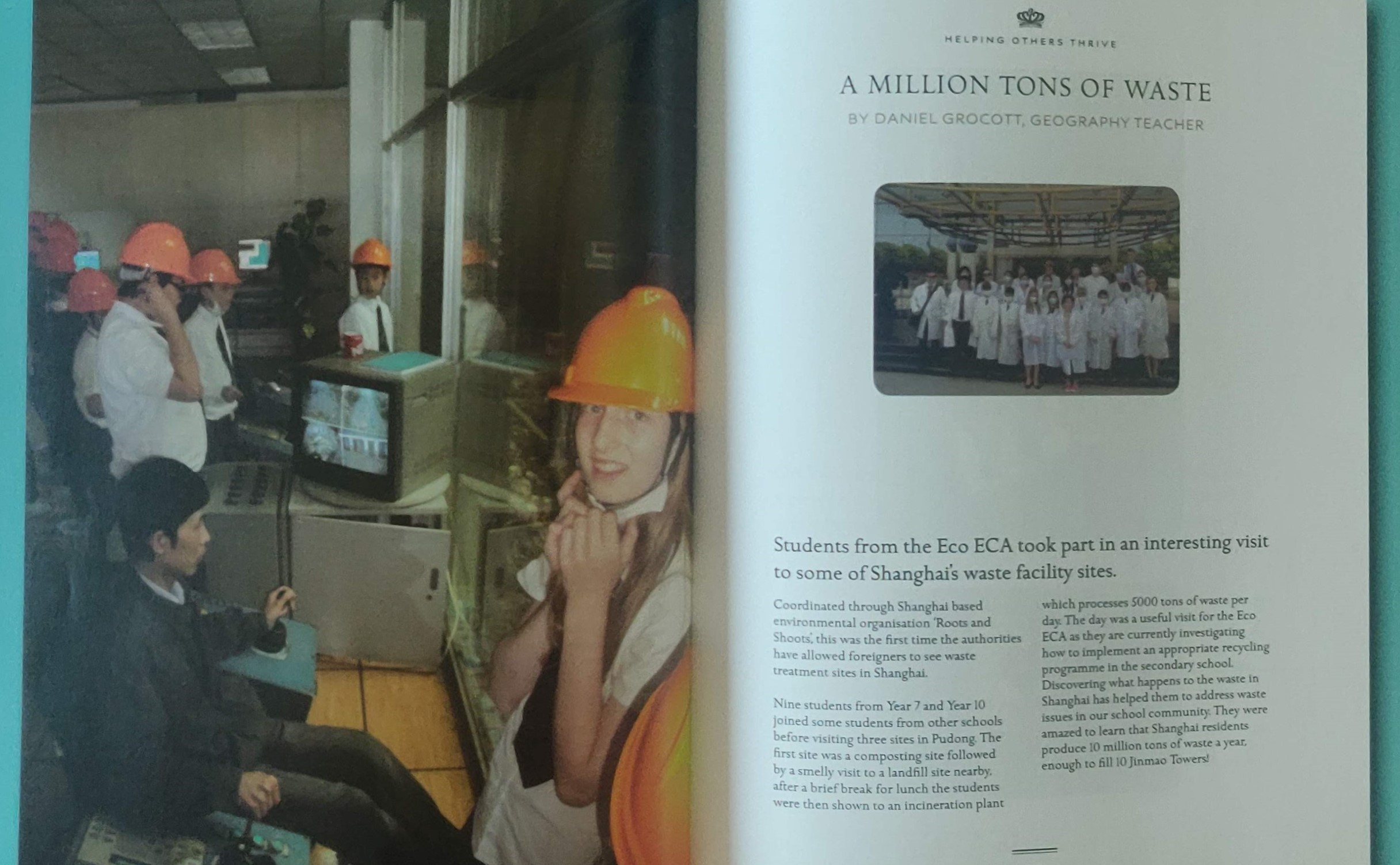

Sustainable Passion for Sustainability
Always
Sustainability is a state of mind one can apply to all aspects in life. Finding ways to reduce waste even in spheres such as time can make an impact. For as long as greenwashing existed, consumers have been reminded that even something as small as printing on both sides of the page is more sustainable, but I hope my career takes me to push sustainable changes in larger systems. I know that taking public transit instead of a car, even for my entire life, would not be close the impact which some industrial system changes could. So it is my aim to keep finding opportunities to instill these bigger changes, and enjoying the fruits of the planet while we still have them.

